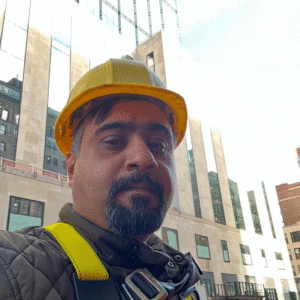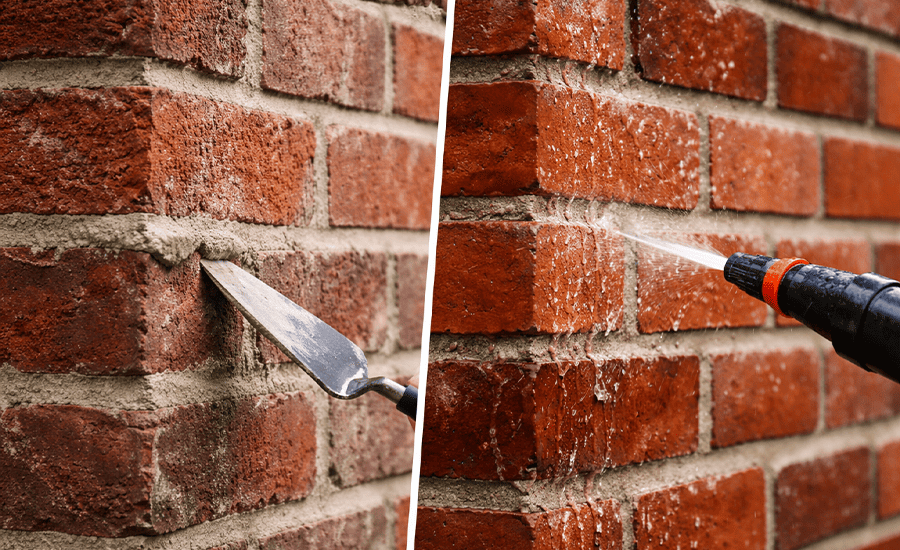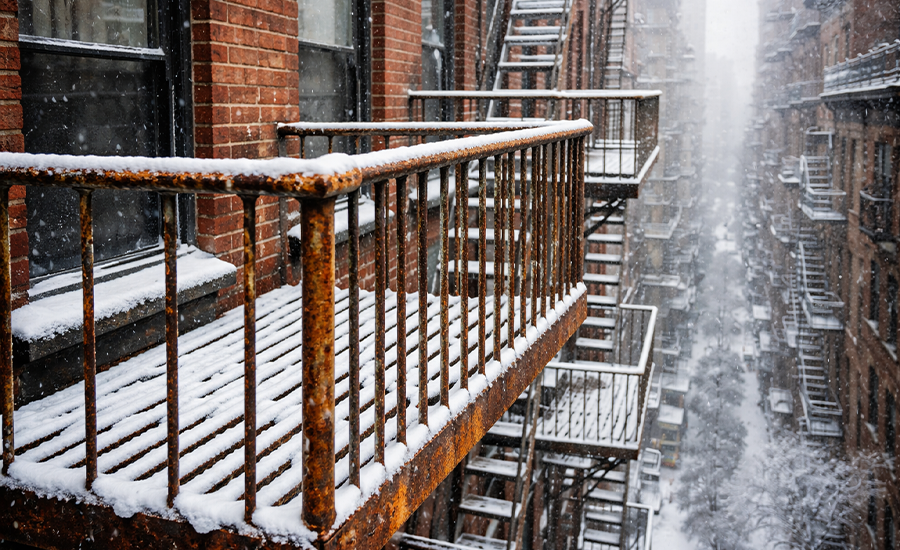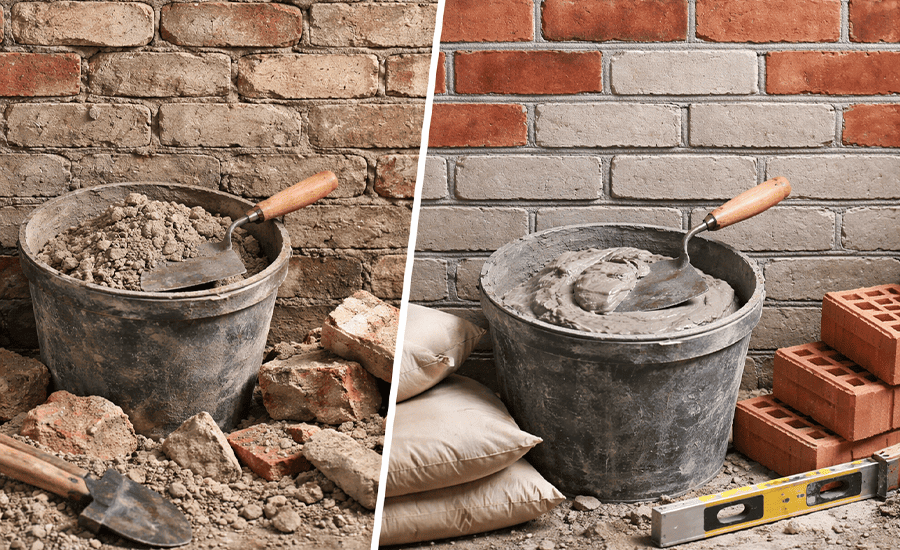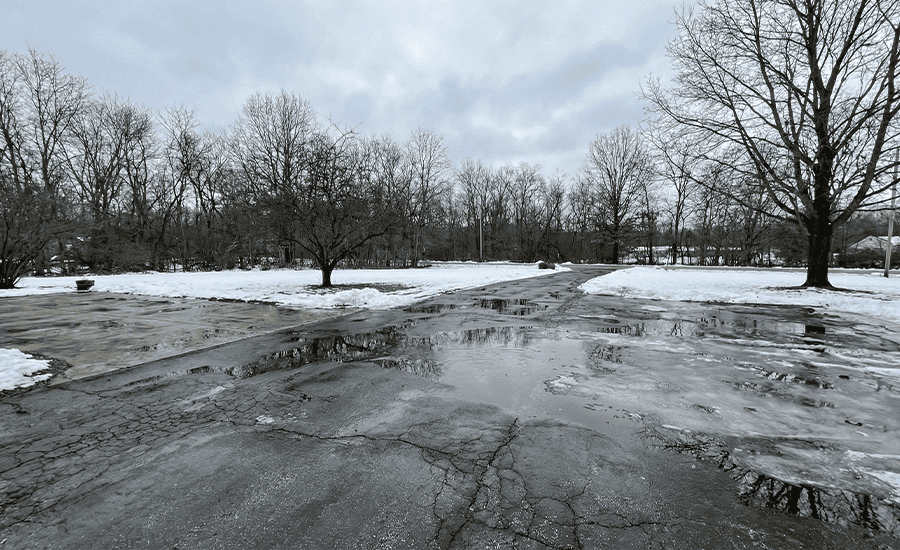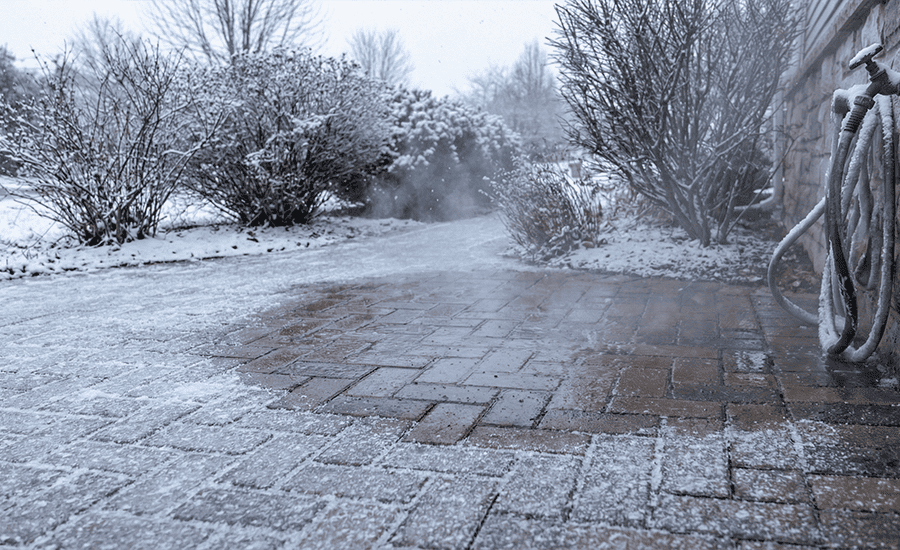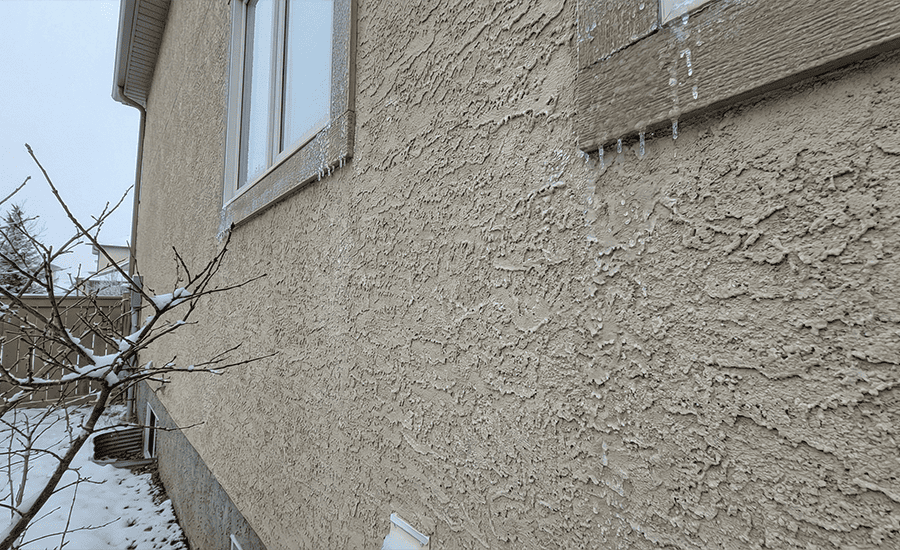Brick veneer repair is an essential aspect of maintaining the structural integrity and aesthetic appeal of your home. This single layer of bricks, while offering the classic look of a brick wall, can be prone to various issues such as cracking, water infiltration, and mortar deterioration. Understanding the signs of damage and the necessary steps for effective repair can save homeowners time and money, ensuring their brick veneer remains in top condition.
Understanding Brick Veneer and Its Common Issues
Brick veneer has become a popular choice for many homeowners and builders. Unlike traditional solid brick walls, brick veneer consists of a single layer of bricks attached to the exterior of a building. This not only offers the classic appearance of a brick wall but also reduces the structural load, making it a practical and aesthetically pleasing option.
However, like any building material, brick veneer is not without its issues. Common problems include:
- Cracking: This can occur due to thermal expansion, settlement of the building, or moisture issues. Cracks can vary in size and severity and may compromise the structural integrity of the veneer.
- Mortar Deterioration: Over time, the mortar holding the bricks together can deteriorate due to weathering, moisture, and other environmental factors. This can lead to loose bricks and potential wall collapse.
- Water Infiltration: Brick veneer can sometimes allow water to seep through, especially if it’s not properly sealed. This can cause damage to the underlying structure and lead to mold and mildew problems.
- Brick Displacement: Due to settling or shifting of the foundation, bricks can move out of place, leading to gaps and uneven surfaces.
Recognizing these issues early and addressing them promptly is vital to maintaining the longevity and safety of brick veneer walls.
Identifying the Need for Repair
Early Detection: The key to effective brick veneer repair is early detection. Regularly inspecting your brick veneer for signs of damage can save you from costly and extensive repairs down the line. Look out for:
- Cracks in the Bricks or Mortar: Even small cracks should be noted, as they can quickly expand and cause more significant damage.
- Loose Bricks: This is often a sign of underlying issues like mortar deterioration.
- Water Damage: Signs include discoloration, dampness, or peeling paint inside your home.
- Mortar Integrity: Check the condition of the mortar. If it easily crumbles or is missing in areas, it’s a clear sign that repairs are needed.
Tools and Materials for Brick Veneer Repair
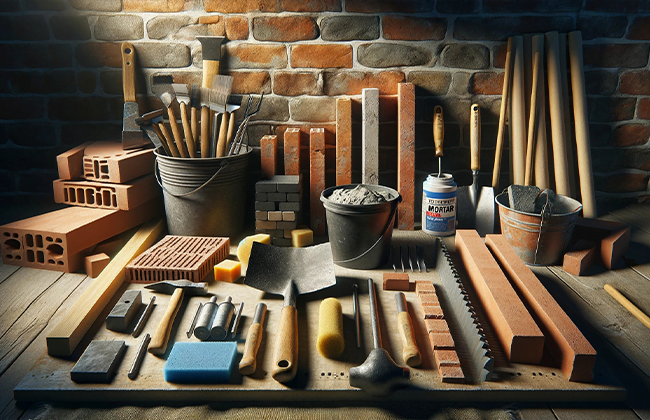
To undertake brick veneer repair, you’ll need the following tools and materials:
- Chisels and Hammers: For removing damaged bricks and old mortar.
- Mortar Mix: Choose a mix that matches the existing mortar in color and composition.
- Trowels: For applying and shaping the mortar.
- Replacement Bricks: Ensure they match the existing bricks in color, size, and texture.
- Safety Gear: Including gloves, goggles, and possibly a dust mask.
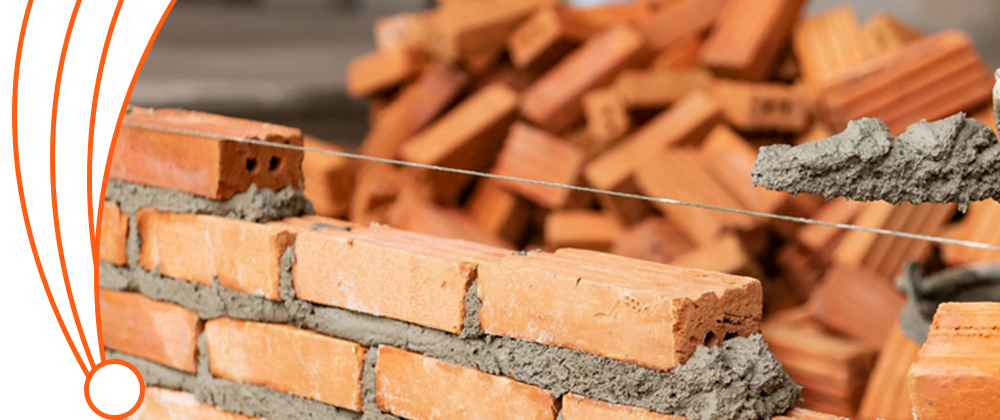
Step-by-Step Guide to Brick Veneer Repair
- Safety First: Always wear protective gear to avoid injury.
- Remove Damaged Bricks: Use your chisel and hammer to carefully remove the damaged bricks. Take care not to damage the surrounding bricks and mortar.
- Prepare the Mortar: Follow the manufacturer’s instructions to mix the mortar. Achieve a consistency that’s easy to work with and will hold the bricks in place.
- Apply Mortar: Place a layer of mortar in the space where the brick will go. Make sure it’s level and smooth.
- Place the New Brick: Gently set the new brick into the mortar, pressing it firmly in place.
- Finish with Pointing: Use a pointing tool to shape and smooth the mortar joints, ensuring they match the existing mortar.
- Curing and Cleaning: Allow the mortar to cure as per the manufacturer’s guidelines. Clean any excess mortar from the bricks.
Preventative Measures and Maintenance
Regular maintenance is crucial in extending the life of your brick veneer. This includes:
- Regular Inspections: Look for early signs of damage and address them promptly.
- Cleaning: Keep the bricks clean to prevent the buildup of harmful substances that can accelerate deterioration.
- Sealing: Consider sealing the brick veneer to protect against moisture and environmental damage.
When to Call a Professional
While many repairs can be handled as DIY projects, certain situations require professional intervention:
- Structural Issues: If the damage appears to be affecting the structural integrity of the wall.
- Extensive Damage: Where the damage is widespread and requires more than a simple fix.
- Lack of Confidence: If you’re not comfortable undertaking the repairs yourself.
Conclusion:
In conclusion, timely and effective brick veneer repair is crucial in preserving the beauty and functionality of your home. By recognizing early signs of damage, using the right tools and techniques, and employing preventative maintenance, homeowners can ensure their brick veneer remains durable and attractive for years. Remember, when repairs go beyond DIY capabilities, seeking professional assistance is the best course of action to protect your investment.
FAQs:
Q: What are common signs that brick veneer repair is needed?
A: Common signs include visible cracks in the bricks or mortar, loose bricks, signs of water damage like dampness or discoloration, and crumbling or missing mortar. Identifying these early can prevent more extensive damage.
Q: Can I perform brick veneer repair myself?
A: Yes, basic brick veneer repairs like replacing a few bricks or repointing mortar can be a DIY project. However, for extensive damage or structural issues, it’s advisable to consult a professional.
Q: How often should I inspect my brick veneer for potential repairs?
A: It’s recommended to inspect your brick veneer at least once a year. Regular inspections help in detecting early signs of damage, allowing for timely repairs.
Q: What should I do if I find cracks in my brick veneer?
A: Small, hairline cracks might be fixed with caulk or sealant, but larger cracks often require removing and replacing damaged bricks and mortar. If in doubt, consult a professional.
Q: Is it important to match new bricks and mortar to the existing ones during repair?
A: Yes, for aesthetic and structural integrity, it’s crucial to match new bricks and mortar to the existing ones. This ensures a uniform look and maintains the strength of the veneer.


